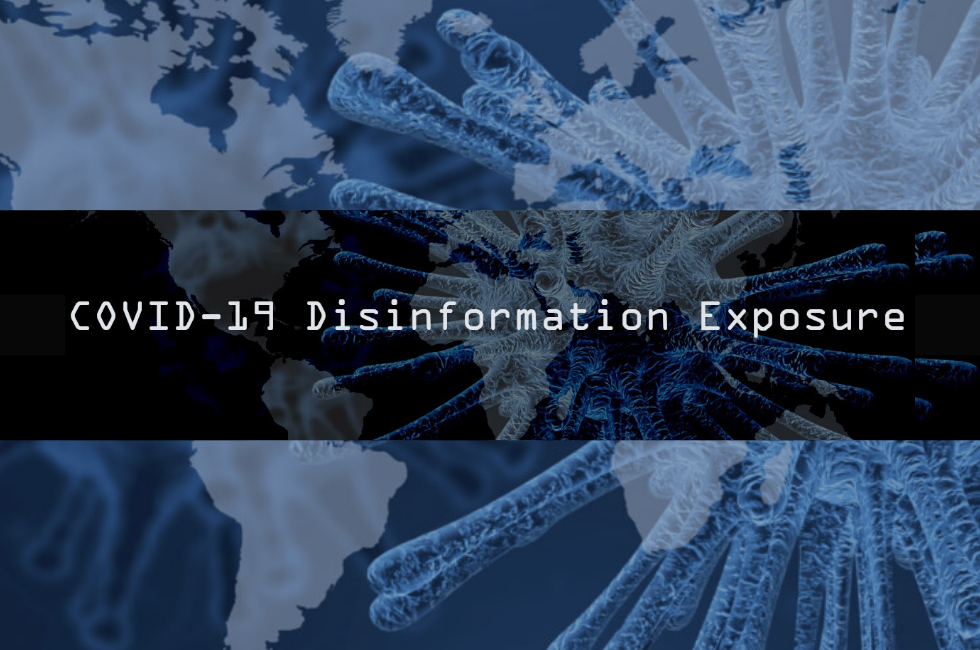
NSIN Challenge – Countering COVID19 Disinformation

Want to limit the impact of disinformation and misinformation on U.S. national security (and human security)? COVID19 disinformation is just the latest element in Russian and Chinese narrative campaigns. To counter disinformation effectively, the Department of Defense (DoD) needs to be able to identify, visualize and evaluate disinformation narrative themes in near real time.
Challenge Background
Both Russia and China appear to be engaged in COVID19 related disinformation campaigns. Though these particular campaigns are new, the problem of disinformation and misinformation in national security affairs is much broader and more enduring. It is important to recognize, adversary narratives related to COVID-19 are not independent campaigns. Narratives related to COVID-19 reinforce existing (desired) perceptions and build upon or reinforce previous narratives.
Competition in the information environment includes physical action and verbal activities in support of overarching and sub-narratives. In some cases, narratives are enduring while others are limited in duration. Current analysis of activity in the information environment is retrospective and focused on discrete events. The final product is an after the fact assessment and typically based on analysis of limited and select social media. This discrete analysis inhibits practitioner’s ability to understand broader trends in the information environment and evaluate effectiveness of friendly and adversary competing narratives.
Effective operations in the information environment require the scalable ability to recognize and visualize malign and subversive narratives in near real time. Relevant evaluation includes recognition that state and non-state actors communicate and reinforce narratives through physical activity, physical meetings, public statements, social, and traditional media. Effective identification and evaluation of these narratives include integration of quantitative and qualitative analysis. Evaluation should also involve an understanding of narrative variation by region and target audience. This includes analysis and differentiation between misinformation and disinformation and recognition of persistent, emerging, opportunistic, and declining narratives. Further details include understanding of target audiences where select narratives are resonating, the role of select audiences in amplification or diminishment of narratives and connectivity between audiences.
Operational Constraints
- Must be multilingual
- Must be scalable to evaluate overarching and sub narratives
- Must visualize the evolution / relationships between current and existing narratives
- Must supply persistent evaluation
- Must include an evaluation of the broad information environment
Submission
- Submit an “Idea Card” with a brief summary of your solution concept on the NSIN Defense Innovation Network
- Attach a pitch deck explaining the capability and how it addresses the challenge. (Up to 20 slides.)
- If you’d like your pitch deck to be available only to judges and mentors, please submit it at this link. A public Idea Card is still required.
Awards
- Present at a (virtual) showcase event for Department of Defense information operations professionals and technology scouts.
- Receive the Information Professionals Association’s Order of Hermes web page
- State Department’s Global Engagement Center will sponsor your capability’s test and assessment on their Technology Engagement Team’s Testbed, hosted by Disinfo Cloud – worth $25,000
- Government Contracting 101 session and Small Business Innovation Research (SBIR) crash course provided by the Defense Innovation Lab
Timeline
15 MAY: Online Challenge event begins
15 JUNE: Online Challenge deadline submissions
20 JUNE: Semi-Finalists selected
15 JULY: Revisions deadline for Semi-Finalists
20 JULY: Finalists selected